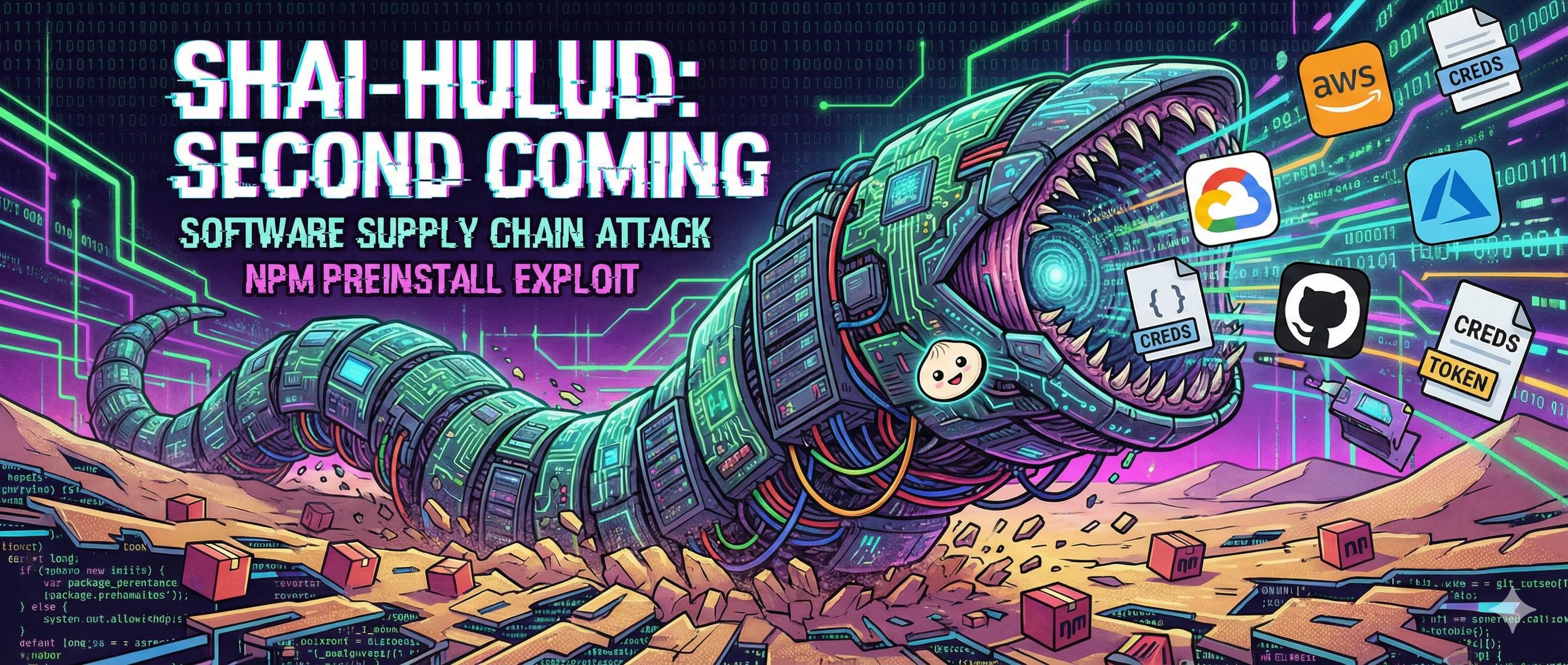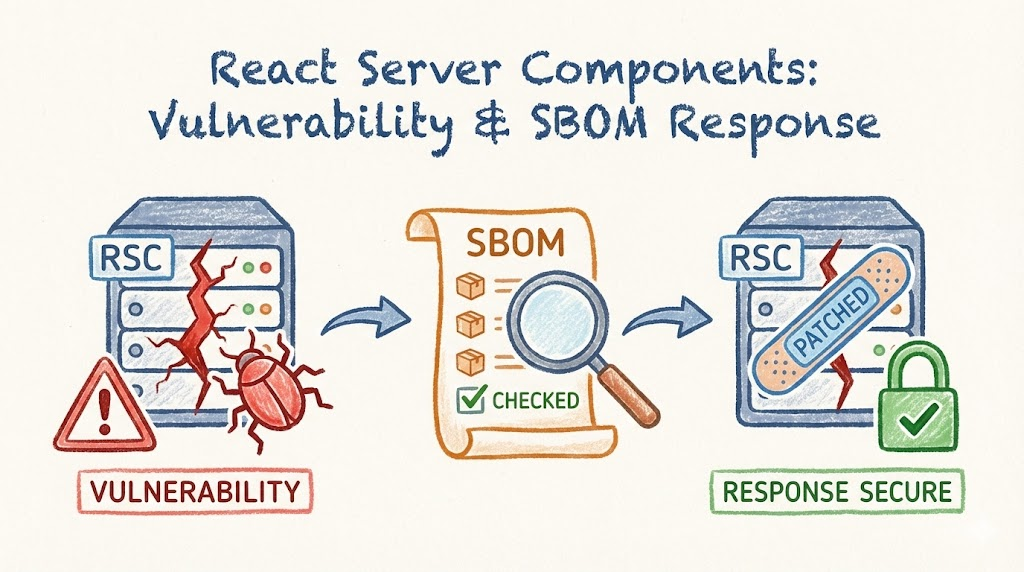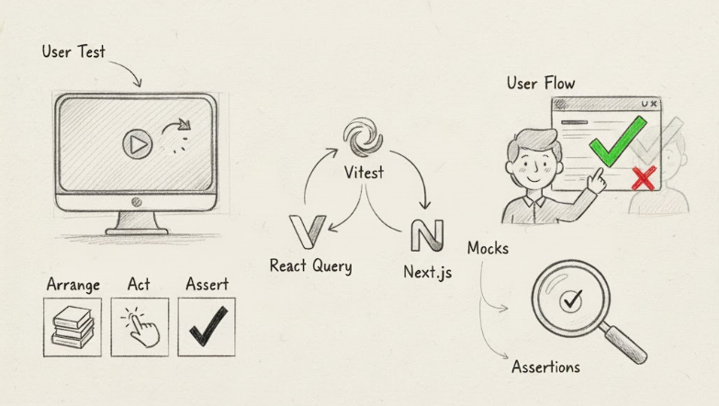Introducing Container Image Scanning
Table of Contents
Container images are a popular way to package and deploy applications. These are the deployable artifacts in modern cloud native world. However, they often contain vulnerabilities and malicious packages. Conventional container image scanning tools focus on vulnerability (CVE) identification for container images. However, malicious or compromised packages do not have CVEs. To protect against the risk of vulnerabilities and malicious packages, deployable container images must be evaluated for security risks. vet now supports scanning container images using --image flag.
Scanning Local Images
Container images available in local docker server catalog can be scanned using the following command:
vet scan --image redis:latestScanning Remote Images
vet will pull the image data if the container image is not available in local docker server catalog.
vet scan --image redis:latestScanning Local Tarballs
Exported container images can be scanned using the following command:
vet scan --image /path/to/image.tarThis tarball can be created using docker save command. This is useful when you want to scan a container image that is not available in local docker server catalog.
docker save redis:latest -o image.tarMalicious Package Scanning
Container scanning can be combined with malware detection using the --malware flag. It also supports various reporting formats including --report-cdx and --report-json for generating standardized output.
vet scan --image redis:latest --malwarevet scan --image redis:latest --report-cdx=report.cdx.jsonPolicy Driven Container Scanning
vet is designed as policy first. It uses a Common Expression Language based policy engine to allow flexible policies. For example, to prevent containers with malware or critical vulnerabilities from getting deployed, you can run vet with the following policy:
vet scan --image redis:latest --malware --filter 'vulns.critical.exists(p, true)' --filter-failNote: vet will always fail when a malicious package is detected.
Other scanning options
For more details on how to use vet with container scanning, please refer to the documentation.
Demo
Bugs and Feedback
Found a bug or have suggestions? We’d love to hear from you! Please open an issue in our vet GitHub repository. For discussions about vet and other SafeDep tools, join our friendly developer community on Discord. We’re always excited to connect with fellow developers and hear your thoughts!
- container-scanning
- malware
- security
Author
Kunal Singh
safedep.io
Share
The Latest from SafeDep blogs
Follow for the latest updates and insights on open source security & engineering

DarkGPT: Malicious Visual Studio Code Extension Targeting Developers
Malicious extensions are lurking in the Visual Studio Code marketplace. In this case, we discover and analyze DarkGPT, a Visual Studio Code extension that exploits DLL hijacking to load malicious...

Shai-Hulud 2.0 npm Supply Chain Attack Technical Analysis
Critical npm supply chain attack compromises zapier-sdk, @asyncapi, posthog, and @postman packages with self-replicating malware. Technical analysis reveals credential harvesting, GitHub Actions...

Unpacking CVE-2025-55182: React Server Components RCE Exploit Deep Dive and SBOM-Driven Identification
A critical pre-authenticated remote code execution vulnerability (CVE-2025-55182) was disclosed in React Server Components, affecting Next.js applications using the App Router. Learn about the...

An Opinionated Approach for Frontend Testing for Startups
How we test our Frontend applications powered by React Query and server components with Vitest.

Ship Code
Not Malware
Install the SafeDep GitHub App to keep malicious packages out of your repos.
